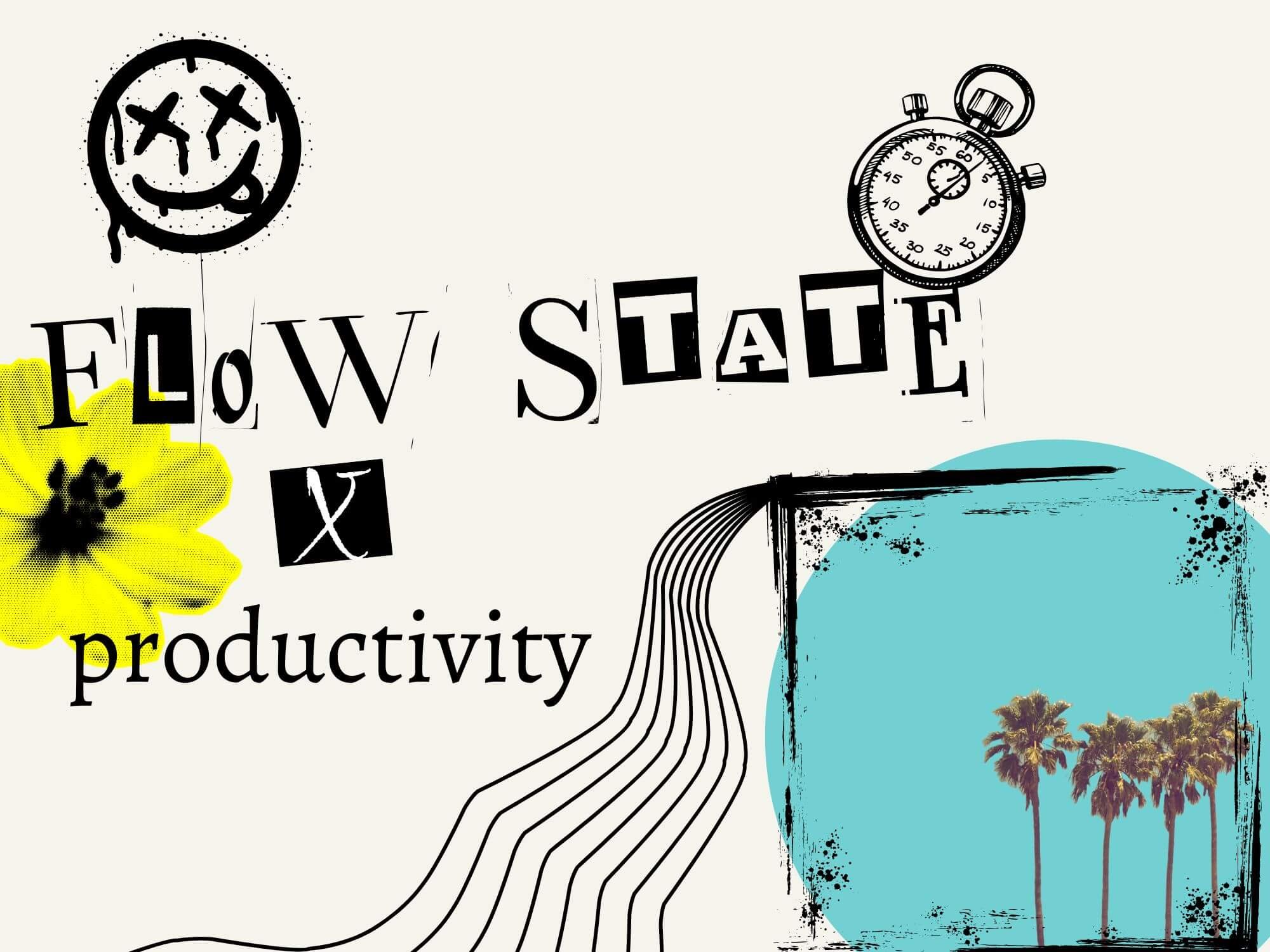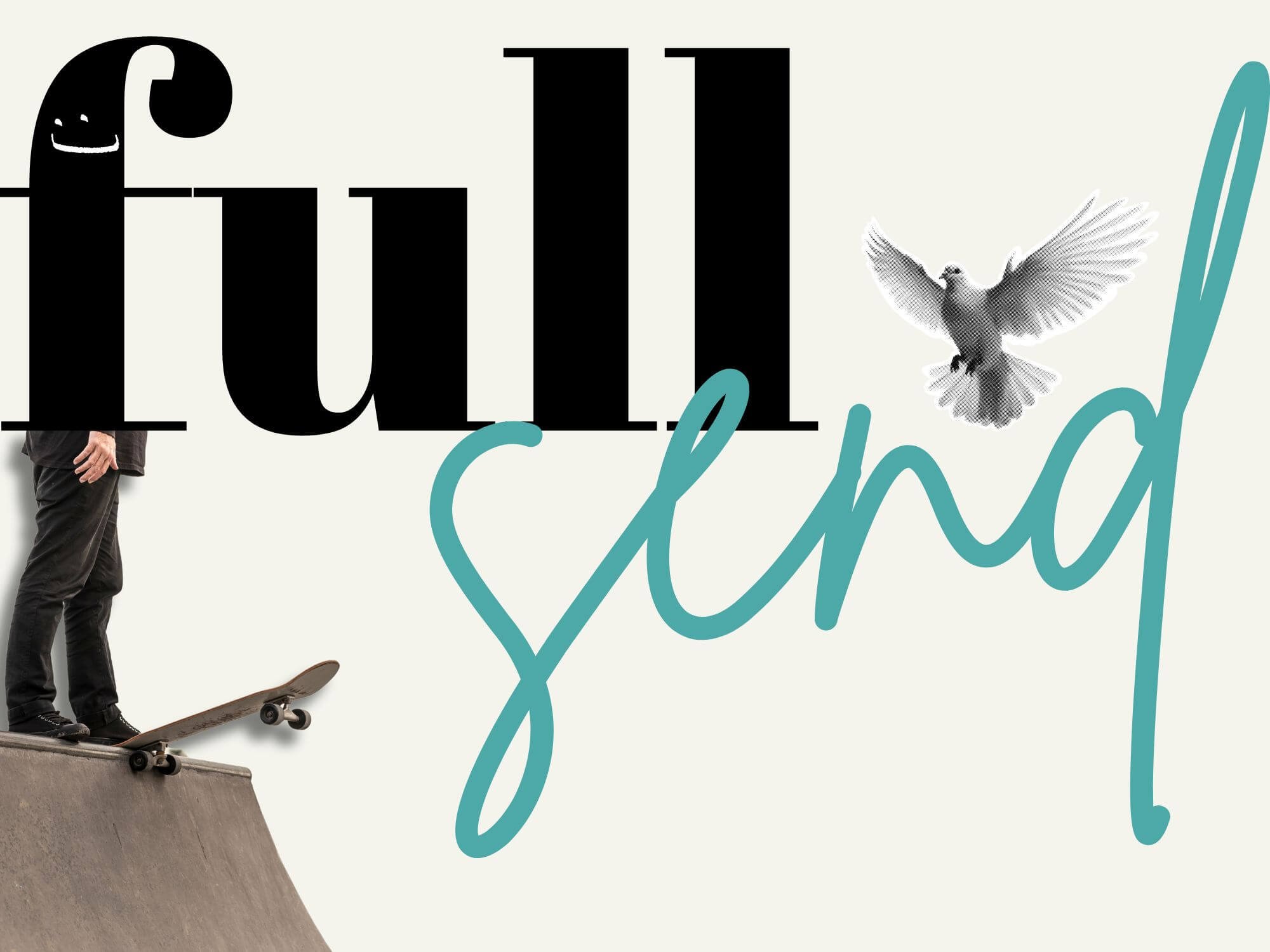Flowmodoro Is for Creatives (how to do Flowtime technique)
Flowmodoro, or the Flowtime technique, is built for creatives. Why? Because it leverages our greatest asset — our flow state.
There’s a lot of noise in the time management space and finding what works for you can feel like a never-ending dance of trial and error.
But I’m totally psyched about this Flowtime idea (which leans on the innate creative process of getting lost in the moment).
So let’s wrap up this rambling.
Let’s get to it!
Table of Contents Show
What Is Flowmodoro?
Flowmodoro, or the Flowtime technique, is an alternative productivity method based on the Pomodoro technique, which forces you to work in 25-minute cycles, followed by 5-minute breaks.
With Flowmodoro, you do focused work based on your mood (not a timer). This means you work while you're in the zone and stop when you’re not.
This is ideal for creative work.
Flowmodoro is optimized for creative flow state, intuitive tinkering and artistic exploration.
While Pomodoro works great for menial, non-artistic tasks, it kind of sucks for doing creative stuff.
So let’s dig deeper into the benefits of Flowtime for creatives.
Recommended: How to Get Into Creative Flow
Flowtime Is for Creatives (here’s why)
This biggest draw for using Flowtime as a creative is it’s optimized for flow state.
With techniques like the Pomodoro method, your focus time gets cut short suddenly because a timer goes off telling you to take a break.
Again, this works great for clerical or non-creative tasks. But it’s awful for the artist.
After all, it sometimes takes 20 minutes (or more) just to get into “the zone”. So working in 25-minute blocks isn’t the most ideal.
Optimizing for creative productivity should prioritize flexibility, intuition, play and customization. And the Flowtime technique does this perfectly.
So…what makes Flowmodoro a productivity thing?
At first glance, it can look like the Flowtime technique is just another way to say flow state.
But it’s more than this.
As creatives (and humans), we sometimes drift off, leave projects unfinished and get lost in multitasking or meandering inspiration.
So Flowtime adds time tracking, focus, awareness and intention to the equation.
This makes your creative work more strategic and more productive.
With intention and awareness (for when you’re in flow vs. when you’re starting to get distracted), it’s easier to stay consistent, take calculated breaks and ultimately, reach your goals.
And time tracking helps you better understand your creative habits and work time.
All good stuff.
So let’s look at how to do it now.
How to Do the Flowtime Technique (5 steps)
Ready to get into flow — productivity style? Awesome.
Here’s how.
1. Pick One Creative Task
It’s important to stay focused for the Flowmodoro technique to work. This means picking just one creative task to work on.
If you’re not sure what to work on, here are some tips:
Choose something that’s top of mind
What are you most motivated and inspired to work on?
What’s most urgent and most important?
2. Use A Stopwatch (or an app)
Having a timer will help you stay focused and track your creative productivity.
So before starting your creative task, get a stopwatch ready to push start. Here are some free tools to try:
Flowmodor (a super minimal tool designed for flowmodoro productivity)
This free Flowmodoro tool (super bare-bones; no sign up or download needed though)
Your phone’s Clock app
You can have your stopwatch nearby or keep it totally out of sight (whatever’s more motivating and less distracting for you).
The important thing is that you’re not setting any timers or imposing any time limits on your work cycle.
Whether you work for 20 minutes or 90 minutes doesn’t matter.
3. Get Lost In Your Thing
After you hit start on your stopwatch, push it aside and get to work on your creative thing.
The goal is to get into your flow state, lose track of time and do some deep work.
Here are some tips to get into deep focused work:
Get rid of distractions like phones, extra tabs or social media
Set the intention for doing focused work
Put it in your schedule
Lean into your intuition
Avoid any creativity bottlenecks you may have
4. Take A Break
After getting into a deep working state, you’ll eventually get tired, bored or distracted (or all three).
If you notice any of these signs, then it’s time to stop your timer and take a break.
So how long should I take a break?
This sort of depends on your personal style and the type of creative work you’re doing. But here are some quick tips to help:
If your work period was shorter, take a shorter break
If your work period was longer (1+ hours), take a longer break
Don’t always wait for motivation (mood often follows action)
Set mini goals for each work session to help organize things
5. Repeat
Like the Pomodoro technique, Flowtime also has you repeating this work-break cycle.
How many times you repeat things is up to you.
But it helps to consider your goals for the day, your energy levels and any deadlines you’re working with.
With the Pomodoro technique, you repeat the cycle four times, before taking an extra long break. Then, you start the process again.
For me, I don’t do well with too many rules. So I like to just take the good parts and run with those (like using a timer and adding some awareness and productivity intention to the mix).
Because remember, even working on your craft for 20 minutes a day is better than nothing.
And just because you take some time off from doing things doesn’t mean you’re not a creative person anymore.
We all need to hit pause every once in a while.
Recommended: 17 Time Management Styles for Creatives
Later ✌️
The Flowmodoro technique is the perfect productivity method for creatives.
It’s built around the concept of flow state, but it adds important intention, focus and timing elements into the mix.
Having small goals to work towards and tracking your energy levels are helpful ways to take full advantage of the Flowtime technique.
But at the end of the day, just try to focus on the fun of creative work.
This is what gets and keeps me in flow most anyways (with or without a timer).
Want More? Okay. Here’s More.




